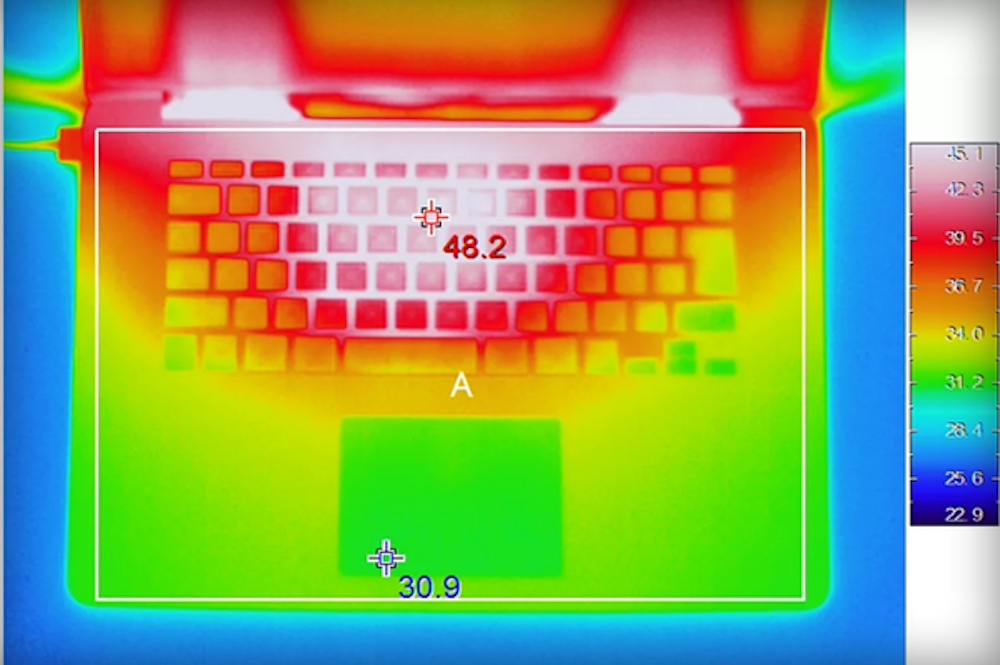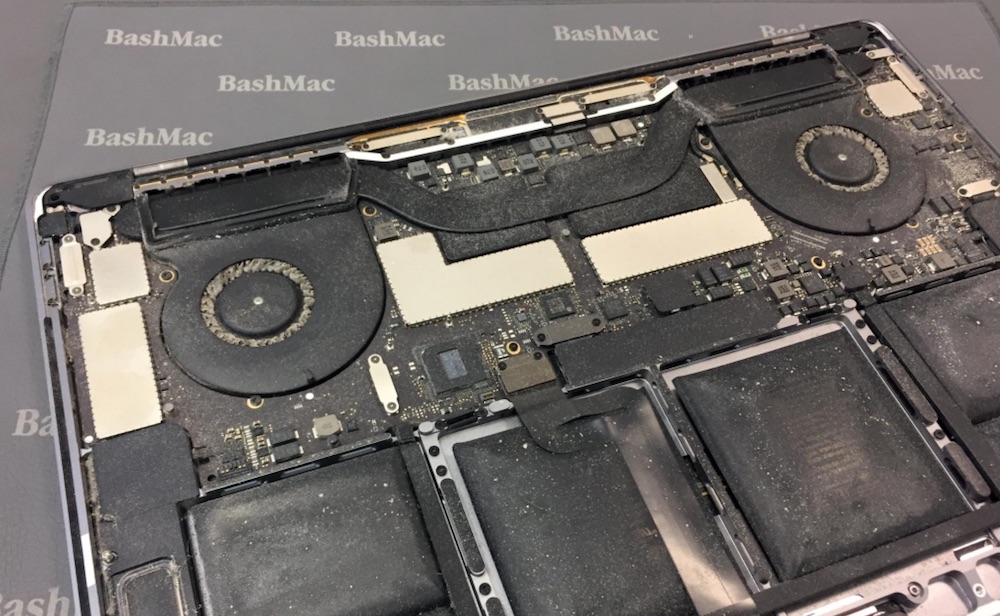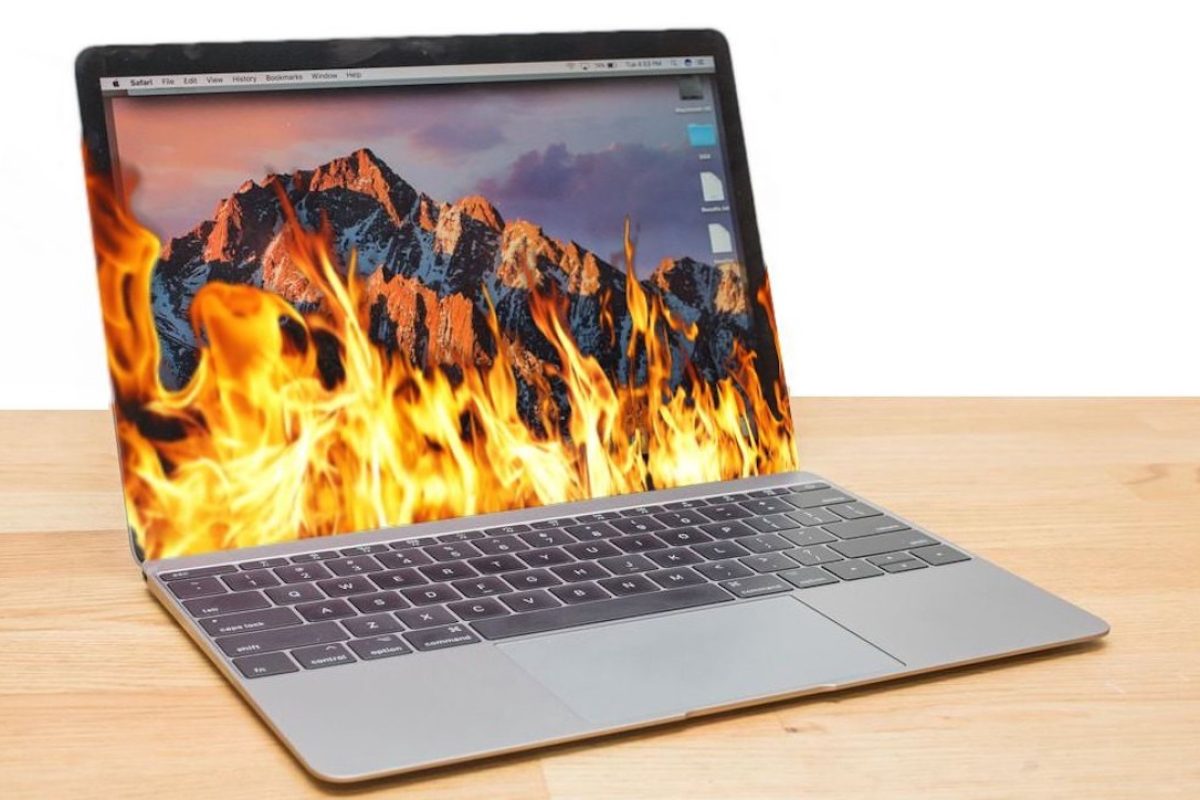How to cool a MacBook in the summer heat?
With the approach of summer, the air temperature rises, and therefore the laptop does not cool as efficiently as we would like. In general, Apple recommends using your MacBook at temperatures no higher than +50 degrees Celsius. It seemed that such high temperatures are rare, but even values close to this affect the cooling process. In this article, I’ll show you how to properly use your Mac in the heat to keep it from overheating.
How is the MacBook cooling system?

First of all, let’s figure out how an Apple laptop is cooled. Unlike other laptops, the MacBook case is an additional element of the cooling system. That is, excess heat is transferred not only to the radiator but also to the aluminum case. That is why during operation it can be warm to the touch.

In general, the system works as follows: computer components heat up and transfer heat to a heatsink equipped with a fan. When a certain temperature is reached, the cooler turns on and removes excess heat from the radiator. In turn, on the back of the case, there are ventilation holes through which air circulates. MacBook overheating leads to freezing, increased noise, rebooting, or even burning of some components.
Using a MacBook in the Heat

As we have already found out, the laptop case is an element of the cooling system, and there are “air intake” holes in its rear part. For the MacBook to cool effectively, you must follow some rules:
- Do not place the laptop on a soft surface (bed, sofa, pillow, etc.). The fabric not only prevents the case from cooling quickly but can block the ventilation holes.
- Avoid holding your MacBook on your lap if possible. Tight fit to the legs, as well as body heat, create additional obstacles for heat dissipation.
- Do not leave your MacBook in direct sunlight.
- It is best to use the laptop on a desk or other hard surface with free space around it to allow fresh air to enter.
- It is possible to use special stands, but this is a rather controversial solution, which can lead to sensor errors.
What should I do if my MacBook is overheating?

It must be understood that even if all the rules are followed, a laptop can overheat if it is dirty inside. Over time, dust and dirt accumulate on the surface of the parts, preventing effective cooling. The same thing happens if the thermal paste under the radiator is outdated and has lost its properties. Therefore, I recommend that you periodically clean your MacBook from dust and replace the thermal paste.

